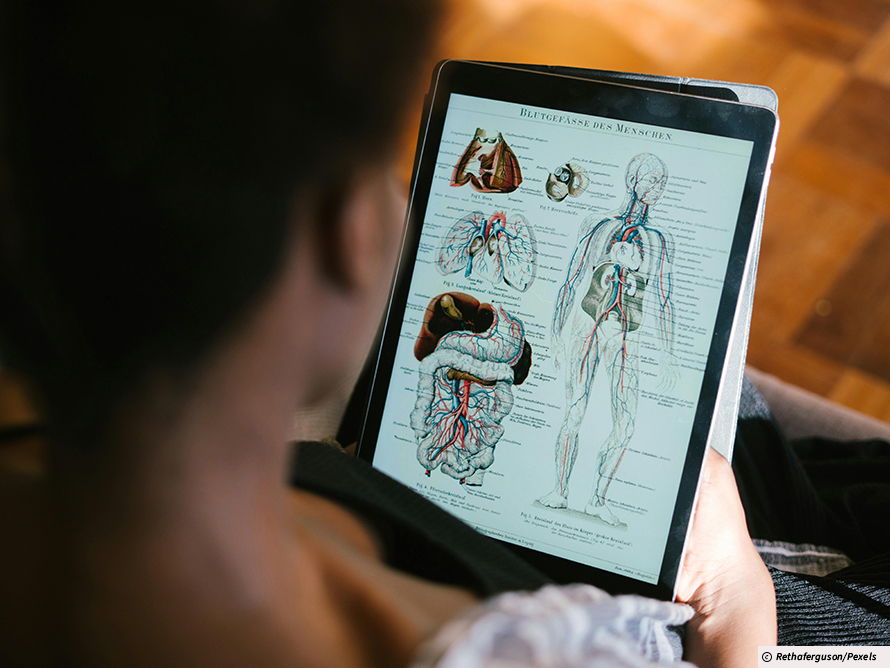Nada Bouharrat, 17, from the Central Foundation Sixth Form, in East London, makes some interesting philosophical connections between human physiology and the bigger issues of life and society.
Identity. Mortality. Purpose. Medicine is far more than just the study of the human body; it is an insight into the symbolism woven into all of us. As an aspiring doctor, I find the combination of hormones, brain connections and muscles incredible.
Holding a human heart is to hold what was once a person’s life, and that is powerful. The heart is what we call “myogenic”, meaning it can beat without being controlled by the brain. This, I believe, is rather like our own innate morals, often believed to come from “the heart”, are developed without societal conditioning.
My interest in medicine began at the age of 10, while watching my sister study for her medical school exams. Thousands of diagrams and explanations for how the body works got me thinking, is there more to the body than just anatomy? And what I found was astonishing: every organ, connection and body tissue holds a story about us.
The eyes are among my favourite organs of the body. The eye is covered by a layer known as the cornea, and each of these is unique. This symbolises that the lens through which every individual views the world is different.
Despite these differences, all corneas share the same general structure and function. This demonstrates that while we have our own perspectives, one thing ties us together; and that is our ability to see and perceive.
This connects us as humans and enables us to feel empathy, happiness, and is what makes us human and humane. This idea can be seen in animals too, which share similar characteristics in their corneas. It could mean that no matter the species, we all share one lens; a humane one.
Nerve cells are another example of what I would call “beautiful symbolism”. They are responsible for carrying messages throughout our body. They have intricate branches at their tips and ends, resembling a complex network. This reminds me of how we use our own social networks to carry messages throughout society, and influence the way others behave. Fittingly, these nerve cells help us do exactly this, by sending signals to our mouth and brain, to communicate with others.
Each cell’s structure not only reflects its purpose in the body, but also outside of it, and into our own lives.
The brain never fails to fascinate me, heavily resembling a walnut in shape. Walnuts, symbolic for intellect, can self-pollinate, but grow faster when mixed with other trees. This, to me, reflects how our own brains can learn on their own, but constantly seek social connections to grow knowledge, and to better adapt to our surroundings.
Walnuts are found in a hard outer casing, rather like our brain is enclosed by the skull. In nature, the nut can only be exposed through cracks to the casing, often as the walnut is exposed to tough external conditions.
Similarly our own intellect truly shines only via the tough challenges we encounter in life, which
allow us to demonstrate our wisdom and skills.
Interested in submitting your own Student Voices article or video? Find out more here.



Layla - Birchgrove
I think that this is a really good text and i think that it teaches you loads and if you like learning about your body then you would love this.